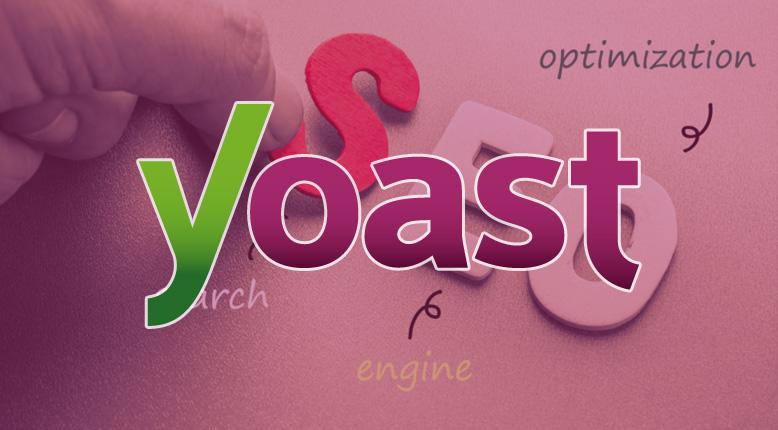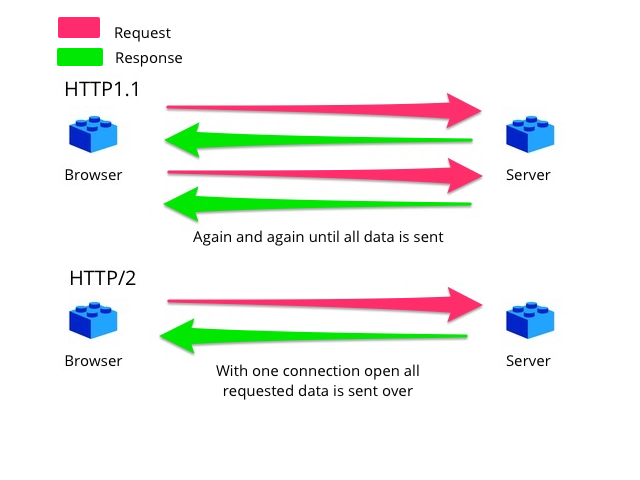News Courtesy of Yoast.com:
How does HTTP/2 work?
Let’s say you want a brand-new box of LEGO. First, you go to the store to get a specific box. When you get home, you open the box and see the instructions. The instructions say what you have to do: one brick at a time. Now, you can only get one brick at a time. You have to keep asking the instructions: “Which brick do I need now?” And the instructions will look and give you the right brick. This back-and-forth keeps happening until you have finished the entire LEGO set. Does the set have 3300 bricks? Well, that’ll take a while. This is HTTP1.1.
With HTTP/2 this changes. You go to the store to pick up your box. Open it, find the instructions and you can ask for all the bricks used on a part of the LEGO set. You can keep asking the instructions for more bricks, without having to look at the manual. “These bricks go together, so here they are.” If you want it really fast, you could even get all the bricks at once so you can build the set in an instant.
The above snippet is an excellent analogy for explaining the benefits of HTTP/2. I’m always trying to squeeze the most resources possible out of my server to increase website speed for my clients. Whether it is optimizing images, minifying html/css/javascript, enabling cache and so forth; it is my goal to decrease page load time as much as possible. The benefit is not only for visitors of those optimized websites but also for Google which prefers speedier sites. They’ve confirmed that website loading time is an important factor in their ranking algorithm.
There are various online tools with which you can test your website for HTTP/2. One such website, keycdn, allows you to quickly enter an URL and test if the protocol is enabled. For server administrators running Web Hosting Manager, enabling HTTP/2 is as easy as selecting that Apache Module in EasyApache and re-compiling. If you don’t have access to make changes to your server, your hosting provider should be able to assist.
Since mobile devices and smartphones have become so prevalent, the need for speed has never been greater. It is one thing to have a fast broadband connection at your home. It is quite another to have a weak connection on a 3G or 4G signal. Every byte of data and how it is served can be crucial. Don’t overlook the simple optimization feature of HTTP/2.




